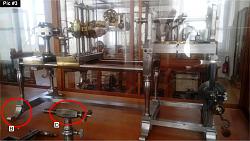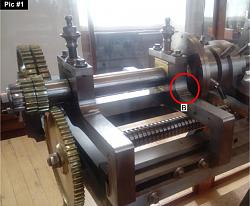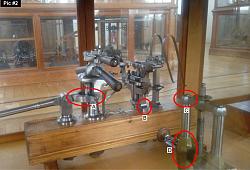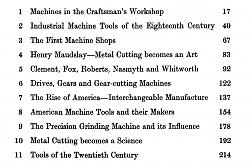
Originally Posted by
Claudio HG

DIYSwede I already knew the video featured in that post. And indeed was something that followed the same path I had in thinking that the lathe was the machine that made everything. Indeed, inspired by the introduction to a book about a project for a DIY lathe out of concrete (sorry I forgot the title). That's also why I started to make my own lathe. But what I ask here is something different. Look at the part enhanced by the red circles. Those are not made with a lathe. Maybe a milling machine, but there was milling machines at the time? Still, some part really intrigue me. I am not a machinist, so I wonder how to make those "hexagoned eggs" (well I really don't know how to call those parts) circled in D and C.



 LinkBack URL
LinkBack URL About LinkBacks
About LinkBacks




 Reply With Quote
Reply With Quote



Bookmarks